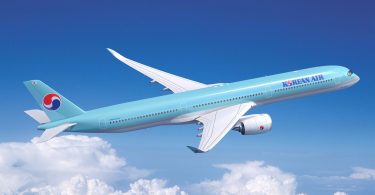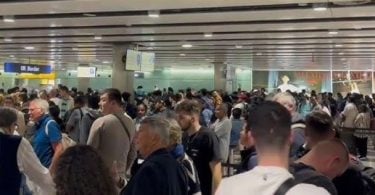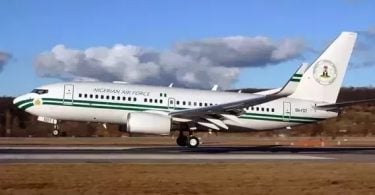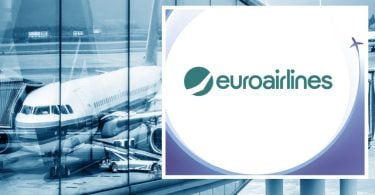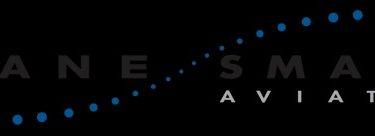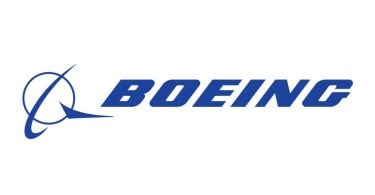On October 13th, the global debut of “SkyRail”, a monorail system developed out of BYD’s five-year RMB 5 billion R&D project, was held in Shenzhen at BYD’s headquarters.
“SkyRail” is a strategic solution introduced by BYD to counter traffic congestion in cities around the world while also offering more convenient mobility to urban residents.
“Mass transit systems are an indispensable solution to alleviate traffic congestion in cities,” said BYD President and Chairman Wang Chuanfu at the launch ceremony.
“As a rail transport option with relatively smaller passenger capacity, ‘SkyRail’ can complement existing public transport systems to create a layered transport system encompassing underground, roadway and elevated elements. At the same time, SkyRail provides urban residents with safe, comfortable and fast mobility while making a real difference to alleviate traffic congestion. BYD is the first privately run Chinese company to enter the mass transit market.”
To help address the challenges of urban transport, BYD set up a large R&D team consisting of more than 1,000 people. As the result of a RMB 5 billion (around 757 million USD) investment over the past five years, BYD successfully developed “SkyRail”, in an effort to provide a new solution to alleviating traffic congestion in cities and empowering layered mobility.
Traffic congestion is a major global issue. Urban residents in countries such as China, India, Indonesia and Brazil are increasingly concerned about congestion despite an increase in roads. There is high demand around the world for congestion alleviation solutions. To address this challenge, it is essential to relieve pressure on the road by moving some of the traffic to underground and elevated spaces. Therefore, it is inevitable that the development of layered rail transport is essential to transforming “cities on wheels” to “cities on rails”.
As a mass transit alternative with relatively smaller passenger capacity, BYD’s “SkyRail” delivers numerous benefits, including: capital expenditure 80% lower than metro, construction period two-thirds shorter than metro, excellent topographic adaptability due to higher climbing ability and smaller turning radius, reduced noise to allow travel through architectural complexes, visual integration into the cityscape thanks to transparent bridges and independent right of way, flexible management to allow for capacity between 10,000 to 30,000 passengers an hour (each way) and a high speed of up to 80km/h. It is very applicable to small and medium sized cities, heavy traffic routes, CBD’s and routes connecting tourist attractions in large cities.
BYD ‘SkyRail’ complements metro and bus systems to help create a layered transport network consisting of underground, roadway and elevated elements. It will become an integral part of optimized urban transport.




